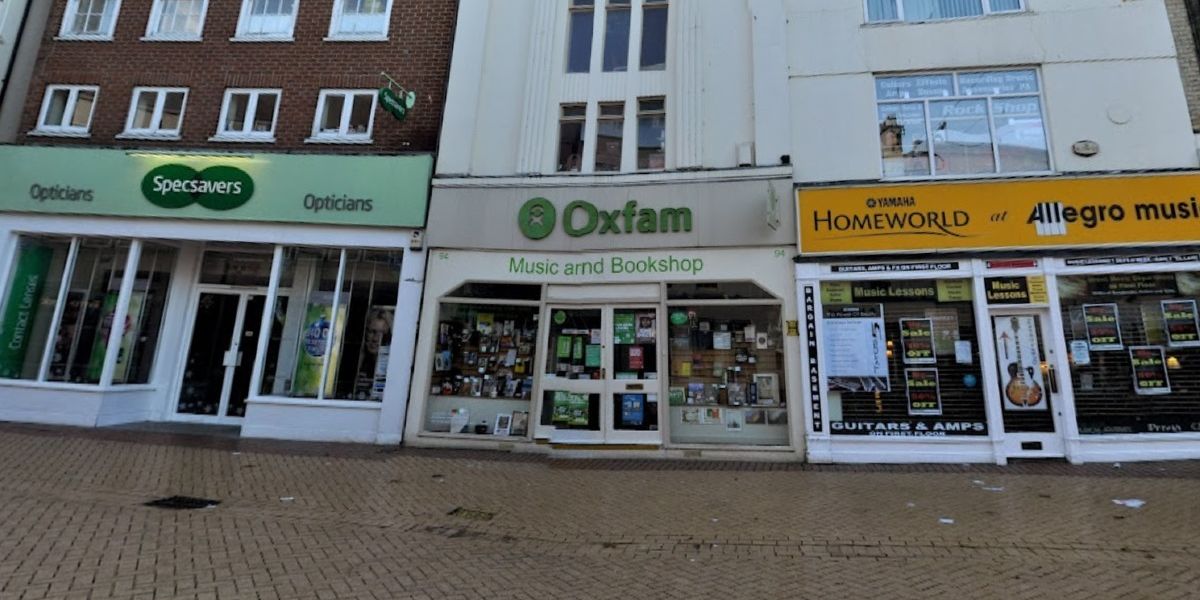Brazil’s Monetary Policy Committee, known as Copom, reveals its latest stance in minutes released on March 25, 2025, from the Central Bank.
The committee raises the Selic rate to 14.25% last week, marking a 1-point hike, and now keeps markets guessing about May’s move. Facing stubborn inflation, Copom signals only an upward direction, leaving the size—0.25, 0.5, or 0.75 points—uncertain.
The Selic, Brazil’s key interest rate, hits its highest level since 2016 after five straight increases since late 2024. Inflation, tracked by the IPCA, exceeds the 3% target, with forecasts at 5.1% for 2025 and 3.9% by mid-2026.
Markets expect even worse, projecting 5.66% this year, showing expectations drift far from the 4.5% ceiling. Copom highlights a grim reality: services inflation climbs, industrial goods face exchange-rate pressures, and food prices stay high.
The committee warns that unmoored expectations demand sharper, longer rate hikes to tame inflation’s spread. Last week’s communiqué hints at a smaller May hike, but the minutes scrap that comfort, pushing a possible 0.75-point jump.
 Central Bank Signals Tougher Stance on Brazil’s Rising Inflation. (Photo Internet reproduction)
Central Bank Signals Tougher Stance on Brazil’s Rising Inflation. (Photo Internet reproduction)The tightening cycle shows no end, as Copom ties its moves to ongoing inflationary threats, not just past lags. Brazil’s economy grows at a modest 1.99% pace for 2025, yet the committee dismisses slowdown hopes, citing unreliable data.
Brazil’s Economic Crossroads
Meanwhile, government credit expansions risk weakening the rate hikes’ impact, prompting Copom to demand clear policy channels. Markets once bet on a 0.5-point rise for May 6-7, mirroring a 2022 slowdown from 1 to 0.5 points.
Now, uncertainty reigns, with a 15% Selic looming if the toughest option hits. Borrowing costs soar, debt servicing strains the budget, and businesses brace for tighter conditions.
Copom’s hawkish turn reflects Brazil’s battle with inflation outpacing targets since 2024, driven by global and local pressures. The committee projects rates staying high into 2026, with markets eyeing 12.5% by then.
For now, Brazil faces a tense wait, as Copom balances growth and price stability in a fragile economy. This story unfolds as a critical test for Brazil’s Central Bank, with global investors watching closely. The figures reveal a nation at a crossroads, navigating uncertainty with resolute, if ambiguous, action.

 By The Rio Times | Created at 2025-03-25 18:40:59 | Updated at 2025-04-04 14:33:17
1 week ago
By The Rio Times | Created at 2025-03-25 18:40:59 | Updated at 2025-04-04 14:33:17
1 week ago








